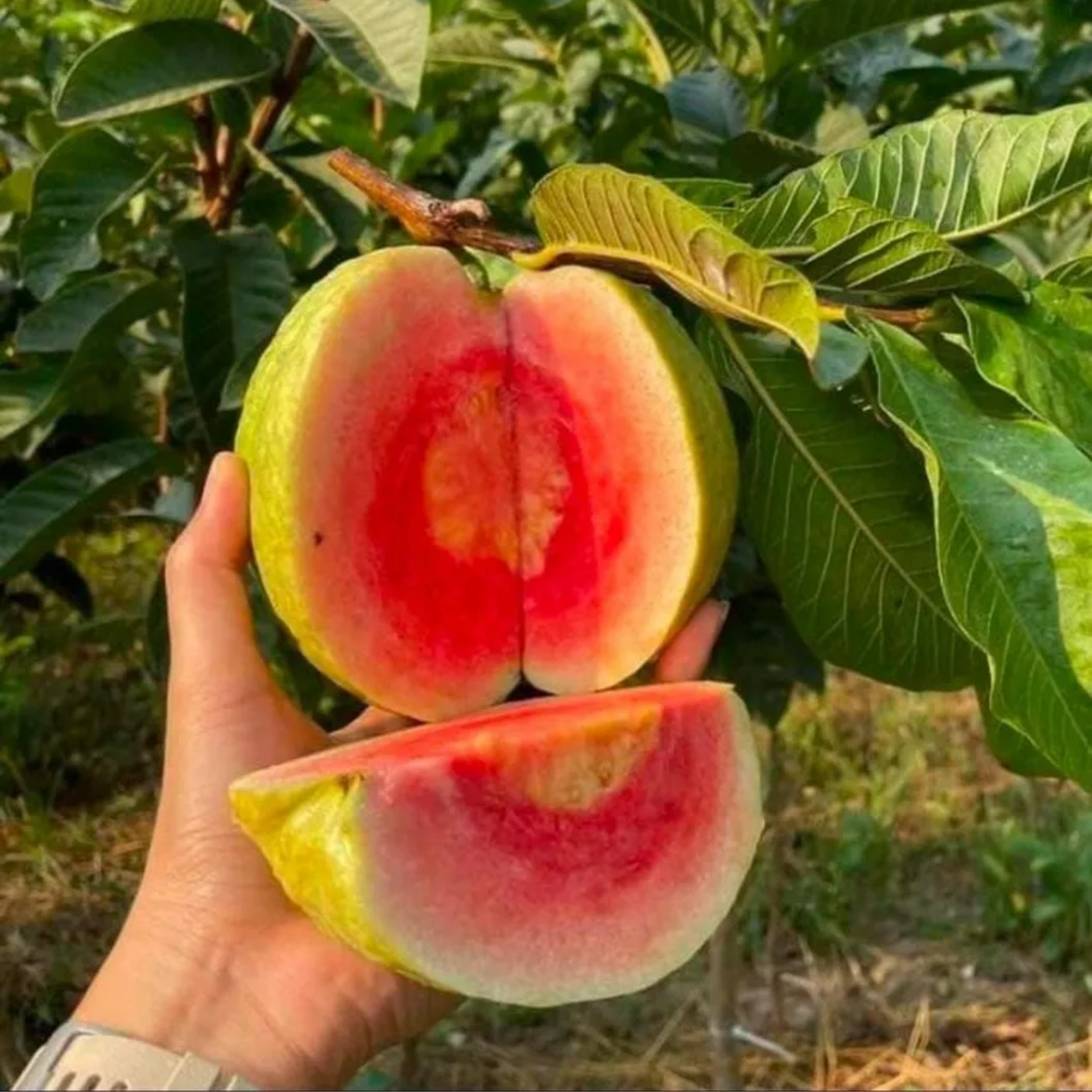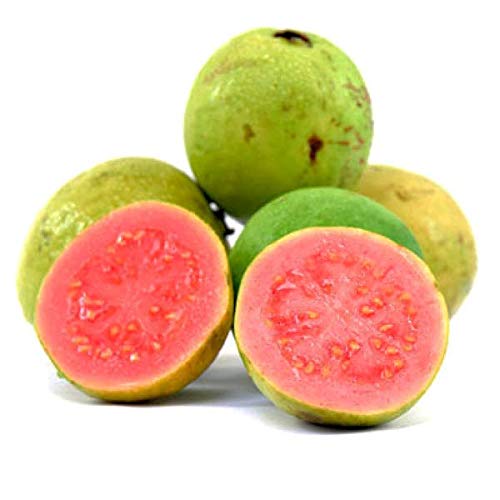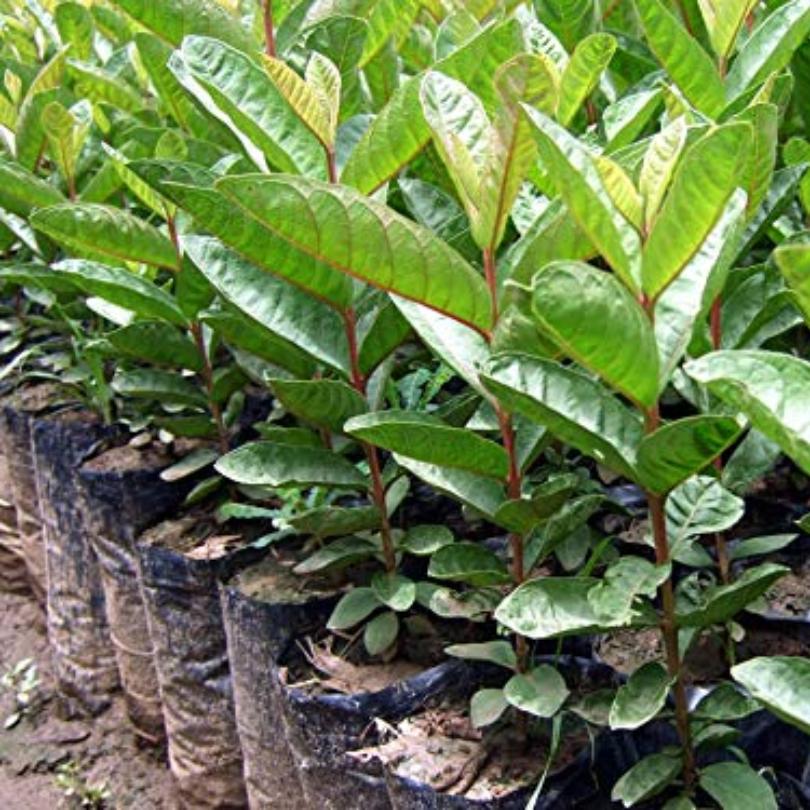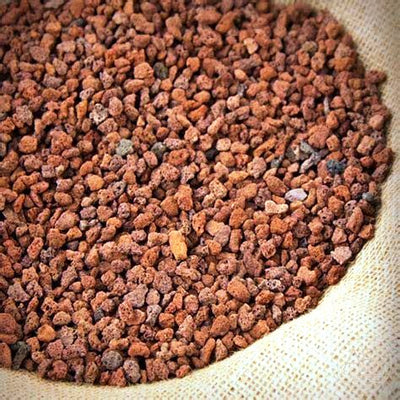




The Enigmatic Charm of the Red Guava Plant: A Tropical Delight
In the lush landscapes of tropical regions, an enchanting fruit-bearing plant graces the scenery, captivating all who lay eyes on it – the Red Guava Plant. With its vibrant colors, delightful aroma, and an array of health benefits, this tropical wonder has become a cherished symbol of abundance and flavor. In this article, we will delve into the fascinating world of the Red Guava Plant, exploring its origins, characteristics, and the numerous reasons why it has captured the hearts of people around the world.
Origin and Distribution:
- The Red Guava Plant, scientifically known as Psidium guajava, belongs to the Myrtaceae family.
- Its exact origin is somewhat mysterious, as it has been cultivated and grown for centuries, spreading its roots to various regions worldwide.
- However, it is believed to have originated in Central America, particularly in Mexico and parts of Central America.
- The plant's adaptability to various climates has facilitated its proliferation to tropical and subtropical regions, including South America, the Caribbean, Southeast Asia, and even parts of Africa.
- Today, the Red Guava Plant is celebrated and cultivated in over 60 countries, with each region adding its unique touch to this tropical delight.
Characteristics of the Red Guava Plant:
- The Red Guava Plant is an evergreen shrub or small tree, typically reaching heights of 10 to 20 feet.
- Its distinctive appearance is characterized by smooth, green leaves with a glossy sheen, complemented by elegant white flowers tinged with pink hues.
- The plant's most enchanting feature is its fruit – the guava.
- The guava fruit itself is a small to medium-sized spherical or pear-shaped berry, measuring around 2 to 4 inches in diameter.
- Depending on the variety, the skin can range from light green to bright red when ripe.
- Cutting open a ripe Red Guava reveals a succulent, creamy-white to pinkish flesh containing numerous small, edible seeds nestled within.
- The fruit boasts a sweet and tangy flavor, often likened to a delectable blend of pear, strawberry, and citrus notes.
Culinary and Nutritional Delights:
- The Red Guava's flavor and versatility have made it a popular ingredient in both sweet and savory culinary creations.
- It can be relished fresh, juiced, blended into smoothies, transformed into jams and jellies, or even used as a topping for various desserts.
- Additionally, its leaves can be used to make flavorful teas, while the unripe fruit can be pickled or used in stews and curries.
- Apart from its delightful taste, the Red Guava is a nutritional powerhouse. Bursting with vitamins C, A, E, and an array of B vitamins, it serves as a natural immune system booster.
- Furthermore, it contains essential minerals such as potassium, magnesium, and calcium, contributing to good heart health and overall well-being.
- Its dietary fiber content aids digestion and promotes a healthy gut, making it a favorite among health-conscious individuals.
Medicinal and Therapeutic Benefits:
- Beyond its culinary merits, the Red Guava Plant has been revered for its medicinal properties for centuries.
- In traditional medicine, various parts of the plant, including the leaves, bark, and roots, are used to treat ailments and enhance overall health.
- Guava leaf tea is known for its antimicrobial properties and is often used to alleviate respiratory issues, such as coughs and colds.
- The fruit's high vitamin C content makes it a natural antioxidant, helping to neutralize harmful free radicals in the body and promoting healthy skin and hair.
- Additionally, studies have indicated that guava extract may have potential anticancer properties, adding to the plant's mystique as a healer.
Conservation and Sustainable Cultivation:
- With the rising popularity of the Red Guava Plant and its delectable fruit, efforts to conserve and sustainably cultivate this tropical treasure have gained momentum.
- Many regions now encourage responsible farming practices to ensure the preservation of biodiversity and protect delicate ecosystems.
Cultivating the Ruby Treasure: A Guide to Growing Red Guava Plants
Red guava (Psidium guajava) is a luscious tropical fruit known for its delightful flavor and vibrant ruby-red flesh. Cultivating a red guava plant in your own garden is not only a rewarding experience but also a great way to relish the taste of fresh, homegrown guavas. Whether you are an experienced gardener or a novice enthusiast, this comprehensive guide will walk you through the step-by-step process of successfully growing a red guava plant and enjoying its delicious harvest.
Selecting the Perfect Location
- The first step in growing a red guava plant is to choose the right location.
- Red guavas thrive in warm and humid tropical or subtropical climates, but they can also be cultivated in greenhouses or protected areas in temperate regions.
- Ensure the site receives full sun exposure for at least 6 to 8 hours each day.
- Additionally, make sure the area has good drainage to prevent waterlogged roots.
Soil Preparation
- Red guavas prefer well-draining soil with a pH level between 5.0 and 7.0.
- Incorporate organic matter into the soil before planting, such as compost or well-rotted manure.
- This increases the soil's ability to retain rainwater and boosts its fertility.
- It is essential to break up any compacted soil to facilitate root growth.
Propagation
- Red guava plants can be propagated through seeds, cuttings, or grafting.
- While growing from seeds is possible, it may result in variations in fruit quality.
- For a more consistent outcome, it is recommended to use vegetative propagation methods like cuttings or grafting.
- Grafting onto a hardy rootstock can also improve disease resistance and overall plant vigor.
Planting
- If you choose to grow from seeds, plant them directly into the prepared soil at a depth of approximately 1 inch.
- For cuttings or grafted plants, dig a hole large enough to accommodate the root system and place the cutting or graft union slightly above the soil level.
- Fill the hole with soil and gently tamp it down to remove air pockets.
Watering
- Established red guava plants have moderate water needs, but they require consistent watering during the initial growing stages.
- Once or twice a week, deeply water the plant to keep the soil moist but not soggy.
- In dry weather, increase the frequency of watering to prevent stress on the plant.
Fertilization
- Fertilize the red guava plant every 4-6 weeks during the growing season (spring and summer) with a balanced fertilizer high in potassium, phosphorus, and micronutrients.
- Avoid excessive nitrogen, as it may lead to excessive vegetative growth with reduced fruiting.
- To ensure proper dosing, always adhere to the manufacturer's instructions.
Pruning
- Pruning is essential to maintain the shape of the red guava plant, encourage airflow, and improve sunlight penetration into the canopy.
- Regularly remove dead or diseased branches and trim the plant to promote a bushier growth habit.
- Pruning should be done after the fruiting season to avoid cutting off potential fruiting branches.
Pest and Disease Management
- Monitor the red guava plant regularly for any signs of pests or diseases.
- Common pests include fruit flies, mealybugs, and scale insects.
- Utilize organic pest control methods whenever possible, and consider introducing natural predators to control insect populations.
- For diseases, ensure good sanitation practices, and remove any infected plant material promptly.
Harvesting
- Red guavas are typically ready for harvest when their skin turns from green to a rich red color.
- To remove the fruit from the tree, gently twist it.
- Guavas continue to ripen after harvesting, so it's best to allow them to ripen at room temperature for a few days before consuming.
Conclusion
Growing a red guava plant can be an enjoyable and fruitful endeavor. By selecting the right location, providing proper care, and following essential steps like watering, fertilizing, and pruning, you can cultivate a thriving guava tree that rewards you with delicious, juicy fruits year after year. Embrace the process with patience and passion, and soon you'll be savoring the sweetness of your homegrown red guavas, one of nature's precious tropical gems.
Happy gardening!


















